Can Solar Lights Be Combined with Smart Home Systems Like Alexa or Google Home?
Smart homes are no longer sci-fi—they’re how we live now. From voice-controlled thermostats to app-synced security cameras, everything’s connected. Solar lights, once just for outdoor adventures, are stepping into this interconnected world. These eco-friendly devices are starting to play nice with systems like Alexa and Google Home, offering a greener twist on smart lighting. But how well do they integrate, and what’s the payoff? Let’s dive into the possibilities of blending solar lights with smart home ecosystems.
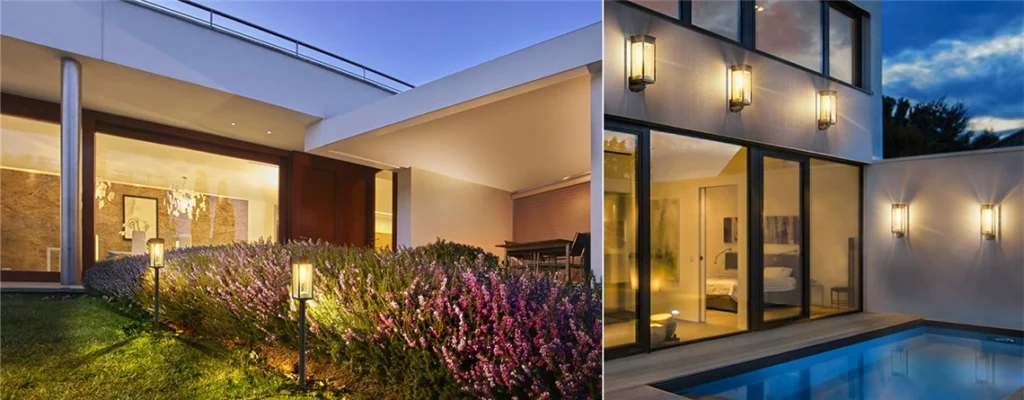
Are Solar Lights Compatible with Voice Assistants?
The big question: can solar lights sync with mainstream voice assistants? The answer is yes, but it depends on the model. Many modern solar lights are designed with smart home compatibility in mind. Here’s the breakdown:
- Amazon Alexa: Brands like Philips Hue and Ring offer solar-powered outdoor lights that work seamlessly with Alexa. You can control them via voice commands or the Alexa app.
- Google Home: Similar to Alexa, Google Home supports solar lights from brands like LIFX or Nanoleaf, which integrate through Wi-Fi or hubs like Google Nest.
- Apple HomeKit: Fewer options exist, but some high-end solar lights, like those from Eve Systems, support HomeKit for iPhone users who want Siri to run the show.
The catch? Not all solar lights are smart. Look for ones with Wi-Fi or Zigbee connectivity to ensure they’ll talk to your voice assistant.
How Hard Is Setup and Syncing?
Getting solar lights to work with your smart home isn’t rocket science, but it’s not always plug-and-play either. The setup process hinges on a few key factors:
- Wi-Fi or Hub Connection: Most smart solar lights need a stable Wi-Fi signal or a bridge (like Philips Hue’s hub) to connect to your network. Outdoor Wi-Fi range can be a hurdle, so a strong router or extender is key.
- App Compatibility: You’ll typically need a brand-specific app (e.g., Ring Home or LIFX) to pair the light with your smart home system. Most apps are user-friendly but require a quick firmware update or two.
- Voice Assistant Linking: Once the light is on your Wi-Fi, linking to Alexa, Google Home, or HomeKit is straightforward—usually just a few taps in the app to add the device.
- Power Considerations: Since solar lights rely on sunlight, ensure they’re placed where they get enough charge. Some models include USB backups for cloudy days.
Pro tip: Check the product specs for phrases like “Alexa-compatible” or “Google Home-ready” before buying to avoid headaches.
What Benefits Do Users Get?
Pairing solar lights with smart home systems unlocks a slew of perks that go beyond flipping a switch. Here’s what you gain:
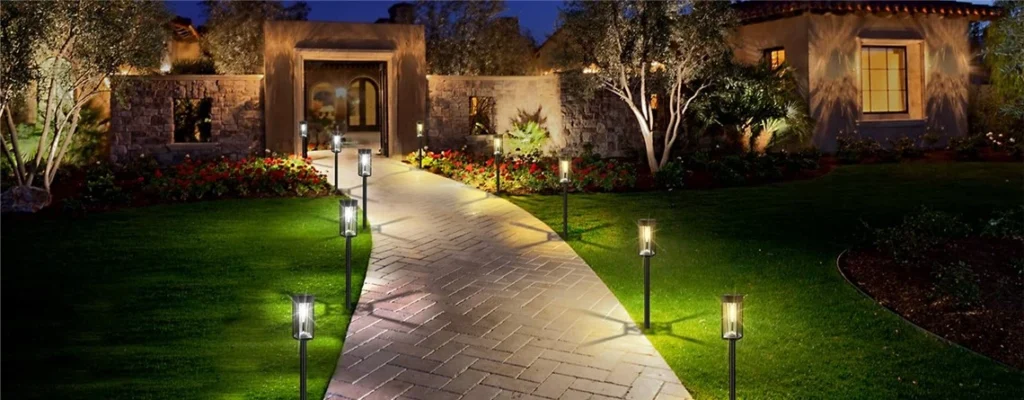
- Voice Control: Say “Alexa, turn on the backyard lights” or “Hey Google, dim the patio” and watch it happen. It’s hands-free convenience, perfect for when you’re carrying groceries or hosting a barbecue.
- Custom Scenes: Create modes like “Evening Glow” or “Party Vibes” to adjust brightness and color (if the light supports it). For example, Philips Hue solar lights can shift from warm white to vibrant hues for ambiance.
- Energy Monitoring: Some apps, like those from Nanoleaf, show how much solar energy your lights are using, helping you optimize placement for max efficiency.
- Automation: Set schedules or motion triggers. Imagine your driveway lights turning on automatically when you pull in, synced with your Google Home routine.
- Eco Savings: Solar lights already cut your electricity bill. Adding smart controls lets you fine-tune usage, ensuring they’re only on when needed.
These features make solar lights not just green but genuinely smart, blending sustainability with next-level convenience.
The Future of Smart Solar Lighting
Smart home ecosystems are all about integration, and solar lights are carving out their spot. As tech evolves, expect tighter connections between solar-powered devices and platforms like Alexa or Google Home. Innovations like better battery storage, stronger Wi-Fi chips, and AI-driven energy optimization are already in the works. Picture a future where your solar lights adjust brightness based on weather forecasts or sync with your smart blinds to balance indoor-outdoor lighting. The potential is huge, but there are hurdles—intermittent sunlight, Wi-Fi range, and compatibility gaps can still trip things up. Still, the trajectory is clear: smart solar lighting is becoming a cornerstone of eco-conscious, connected homes.
Wrapping It Up
Solar lights are no longer just for off-grid camping—they’re stepping into the smart home spotlight. With compatibility for Alexa, Google Home, and even HomeKit, they offer a sustainable way to light up your space while staying plugged into your digital ecosystem. Setup can be a bit fiddly, especially with Wi-Fi or hub requirements, but the payoff is worth it: voice control, custom scenes, and energy savings that feel futuristic yet practical. As smart home tech and solar power continue to merge, these lights are poised to redefine how we illuminate our lives—indoors and out. For anyone looking to blend green living with smart convenience, solar lights are a bright bet.

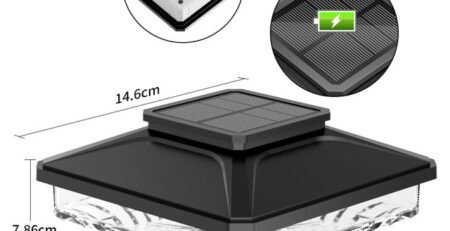
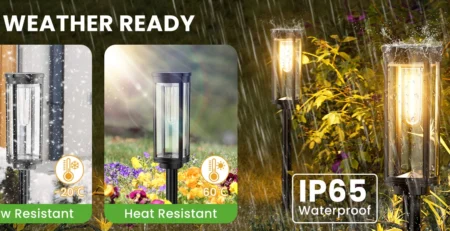


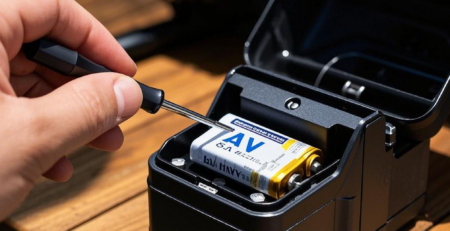

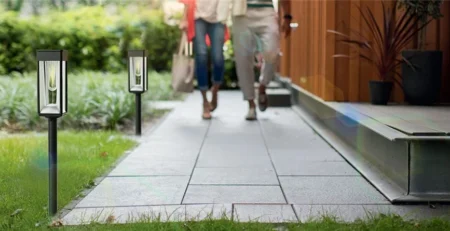

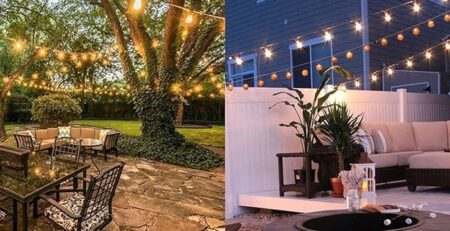

Leave a Reply